- Home |
- Search Results |
- Amazing animals you never knew were endangered
Today we are losing species more quickly than we are discovering new ones. And while we know the plight of the mighty elephant or the charismatic chimpanzee, what of the other vanishing species whose stories are not so often told? Here are just a few of the incredible species in need of our help and attention.
Chacoan Peccary – a hard-nosed species
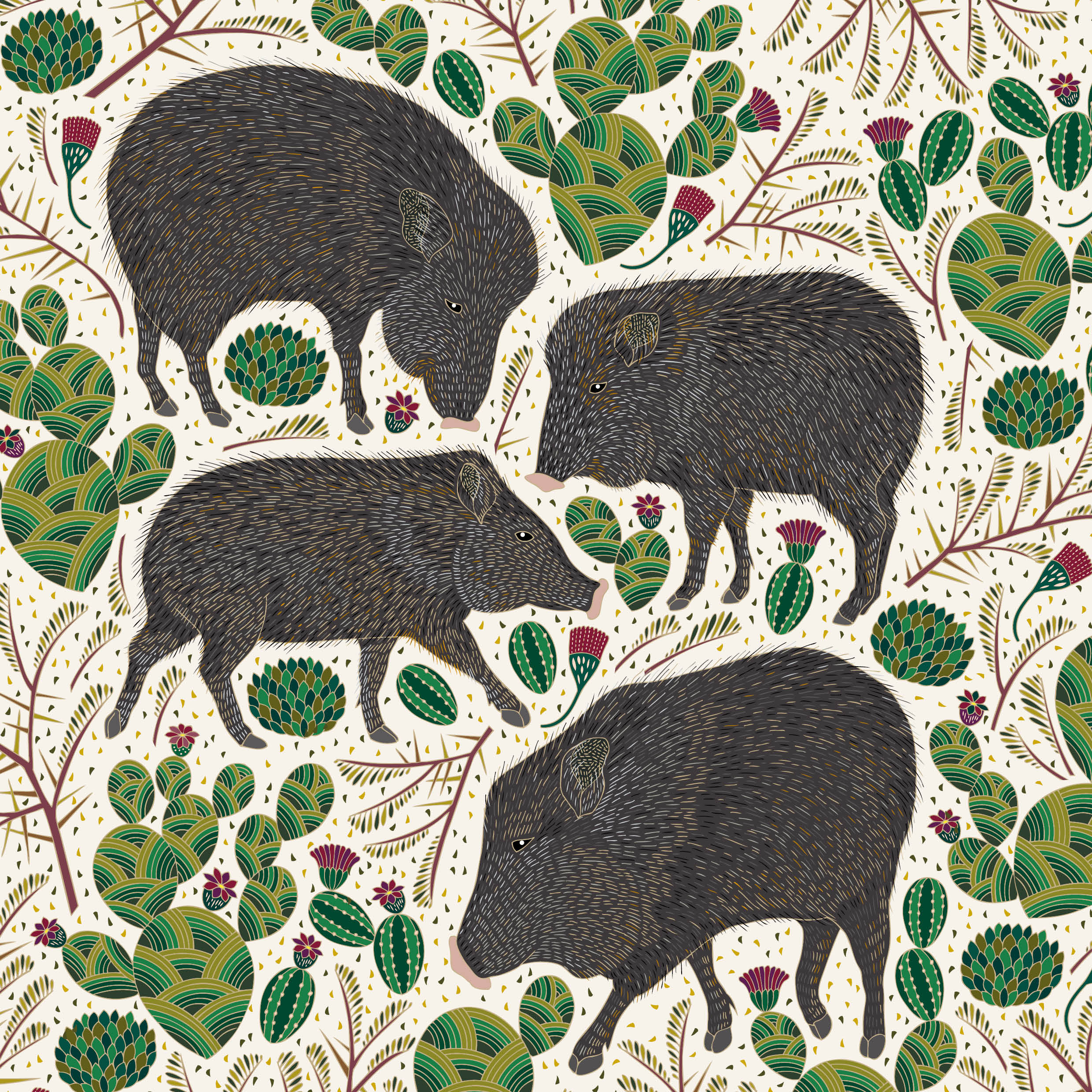
The Chacoan peccary has been given the bizarre nickname ‘pig from green hell’ because it lives in the driest parts of the Gran Chaco, a lowland plain encompassing parts of Bolivia, Paraguay and Argentina where thorny scrub and cacti dominate. Only discovered in 1975 (before that it was known only by fossil records), this peccary has an oversized head, big, hairy ears, a bristly coat, skinny little legs with pointy feet, and a piggy snout which it uses to roll the cacti around, knocking off the spikes before eating the flesh. They also eat the roots of bromeliads – plants with stiff, spiny leaves – the peccary’s stomach has two chambers, allowing it to digest such tough meals. It even has specialized kidneys to break down acids from the cacti it eats. Ant mounds serve as tasty salt licks, providing essential minerals. Not quite vegetarian, they have also been known to eat small mammals.
Luckily, few predators can survive in this thorny environment; hunters after ‘bushmeat’ have been the main threat. But the peccary’s bristly coat provides camouflage and protection from the prickly bushes, and their little feet can quickly pick their way across the unforgiving forest floor, helping them escape pursuit.
Pangolin – the most illegally trafficked animal on Earth
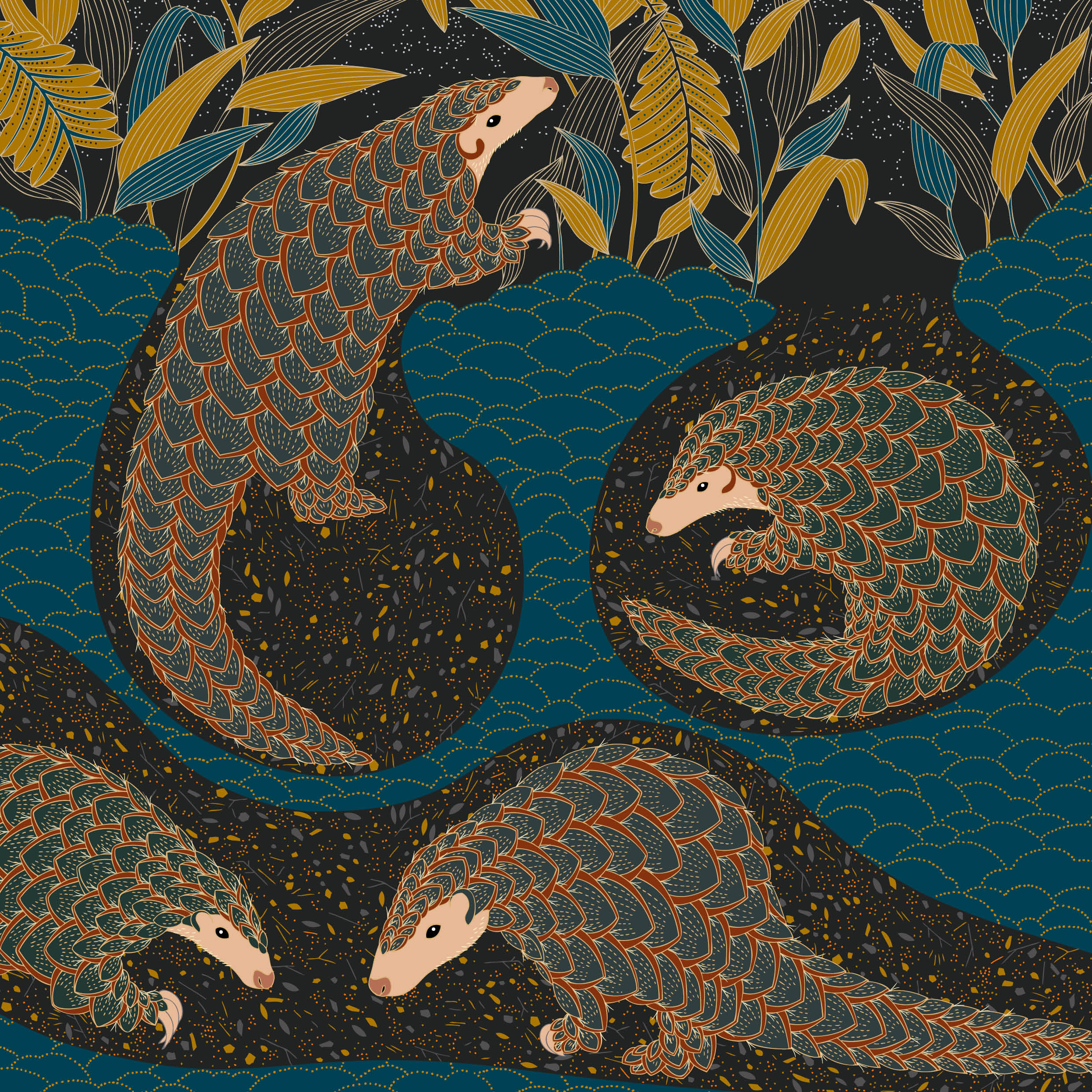
In the grasslands of South East Asia, a strange creature the size of a domestic cat emerges from a deep burrow in search of its supper. Covered in hard scales but with a soft pink underbelly, beady little eyes, a long snout and a strong, thick tail, it has a sticky tongue as long as its body, to slurp up ants and termites. The Chinese pangolin looks like a walking pine cone – something from the pages of a fairy-tale. Females give birth only once a year, to just one baby at a time, known as a pangopup.
There are eight species of pangolin and all of them are under threat. They are the world’s only scaly mammal, and the most illegally trafficked animal on Earth; over 100,000 pangolins are caught by poachers every year across Asia and Africa – that’s roughly one every five minutes. These mostly nocturnal creatures are sensitive little souls, making it difficult to care for those rescued. Sadly, the pangolin’s defence is also its downfall. It curls up into a tight, scaly ball to protect itself, but this simply makes it easier for a pangolin poacher to scoop them up.
Suckley Cuckoo Bumblebee – breaking and entering
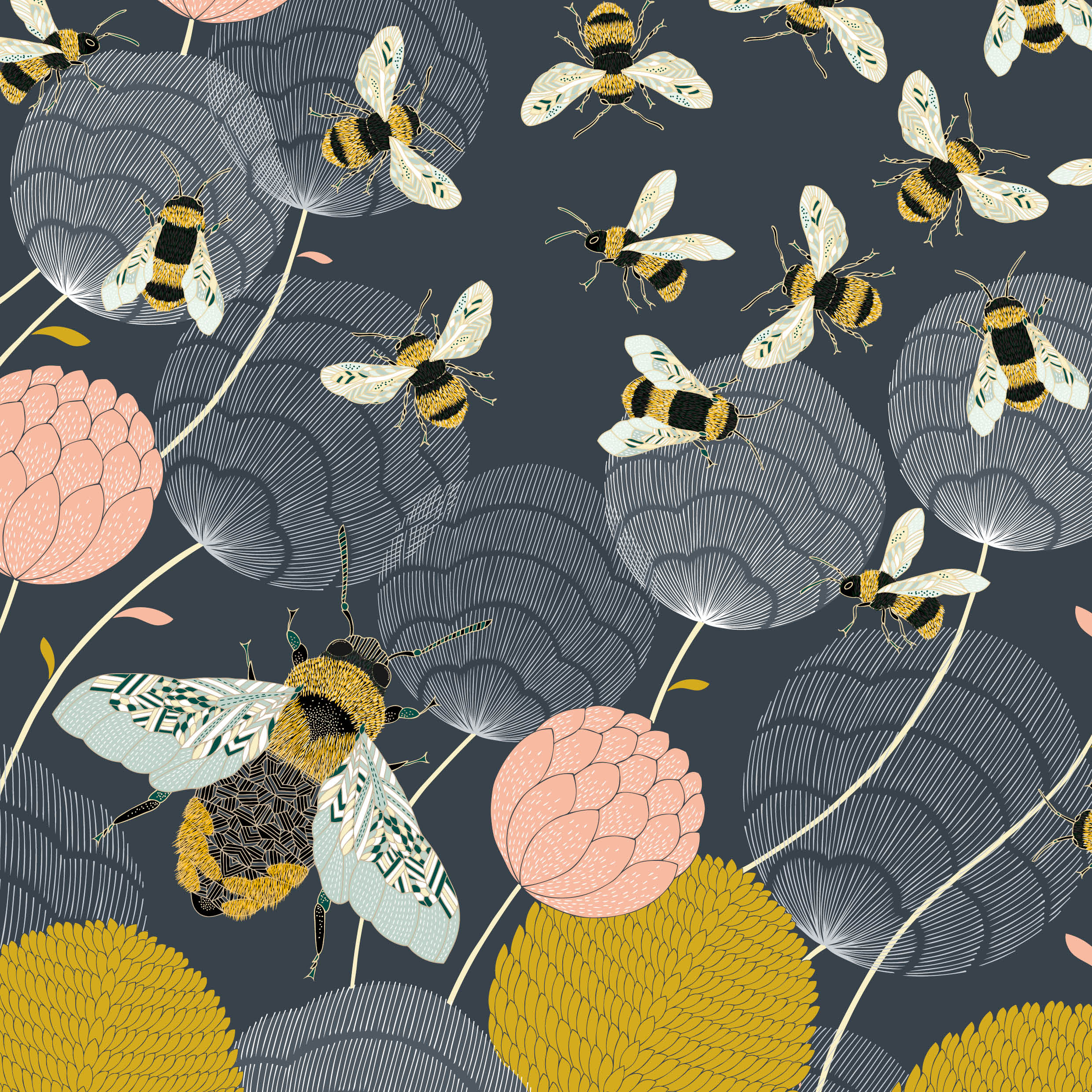
Busy bee’, ‘little worker bee’ – there are many terms for these hard-working, pollinating insects. But not all bumblebees are team-players. The Suckley cuckoo bumblebee doesn’t model its behaviour on that of its fellow bees: instead it copies the cuckoo – a sneaky con-artist happy to sit back and let someone else do all the hard work. Why bother to build a nest when you can steal someone else’s? Why rear your own young when, somewhere, there’s a colony of willing babysitters?
This bee has truly mastered the art of taking advantage. First, the female bee must choose her colony wisely: big enough to supply ample babysitters but not too big that the worker bees might overpower and defeat her. She scopes out her target, taking on its scent to help her infiltrate the hive. Moving in, she quickly finds the queen, who she closely resembles, and any small differences go unnoticed by the busy hive. Then she kills or subdues the queen and sets about laying her own eggs, to be raised by the unsuspecting worker bees.
Cheats they may be, but the cuckoo bees are also pollinators. In a world that depends on the pollination of plants for food, every pollinator counts – even the sneaky imposters.
Humphead Wrasse – girls will be boys
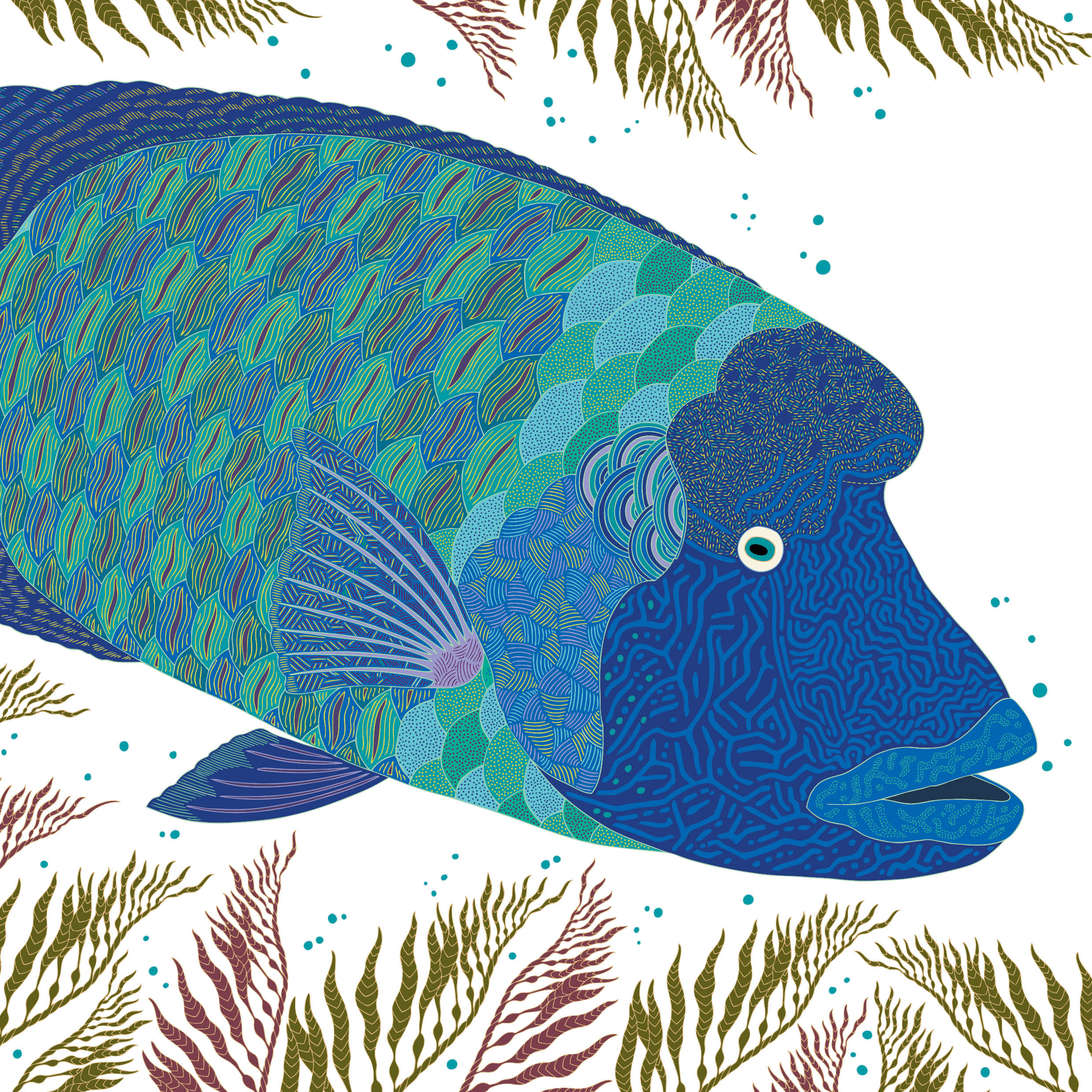
Among the coral reefs of the Red Sea, a young female humphead wrasse leaves her deep-water cave to feed. She hoovers up vast quantities of molluscs, crabs, lobsters, sea cucumbers – you name it – but she is also one of a few species that will tuck into the toxic crown-of-thorns starfish. This starfish eats growing corals, so in eating them the humphead wrasse is preserving her own habitat, which is already damaged by fishing methods involving dynamite and cyanide. As she hunts, she must keep an eye out for poachers: as one of the most expensive fish in South East Asia, she is vulnerable.
At about seven years old, she is almost ready to mate. By nine she has grown bigger than most females her age, and as she keeps growing her skin changes colour, from rusty red-orange to a vibrant greenish-blue, and she loses her ovaries and develops testes. Incredibly, she changes sex and becomes the dominant male – known as a super-male. He is a giant amongst his species – up to 2m long and a colossal 190kg in weight. That’s more than two average-sized men. Only the very largest of females have a chance to become super-males and mate – and they will stay male forever.
Caribou – the incredible shrinking reindeer
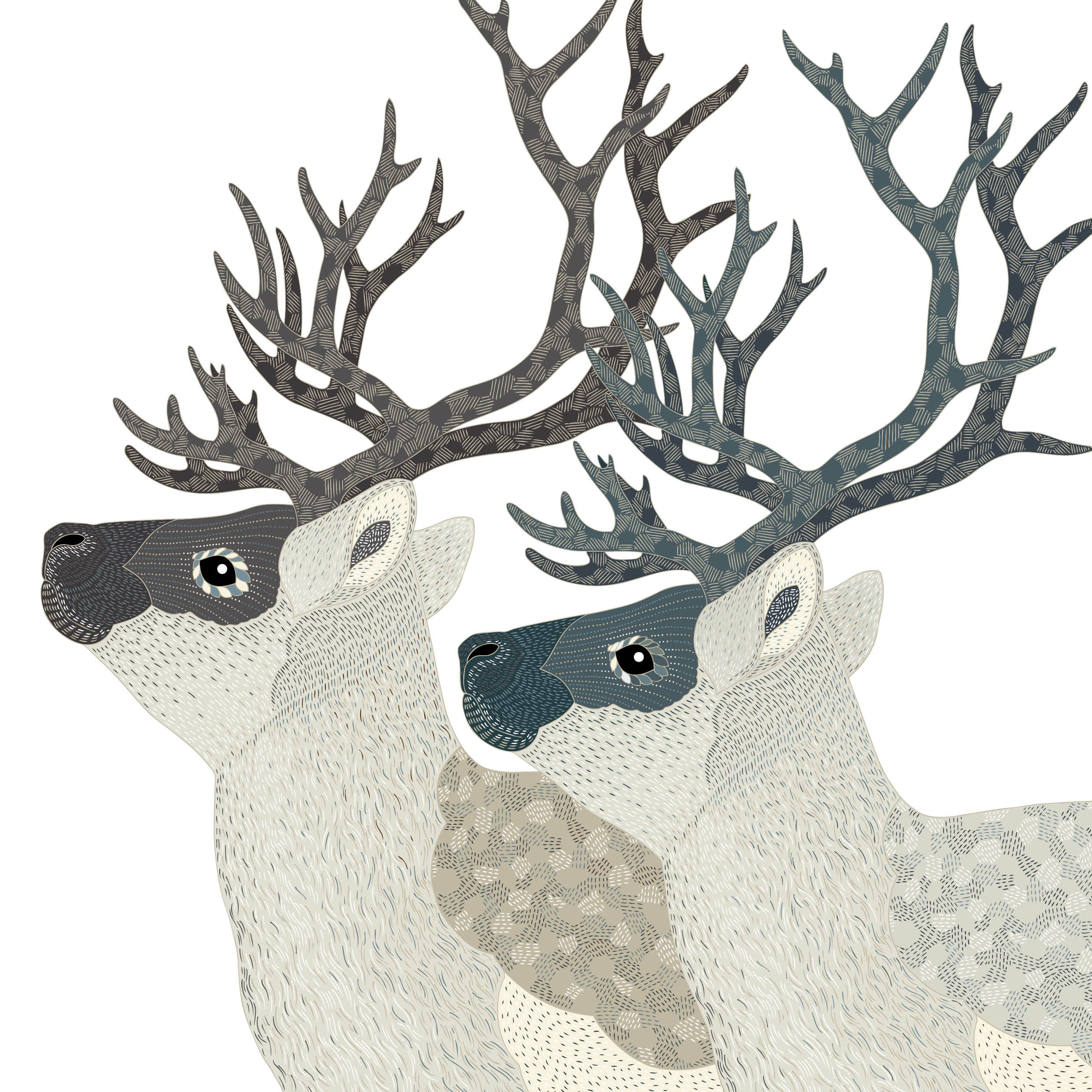
Caribou, or reindeer, migrate north every summer to feed, on paths used for generations. Even summer temperatures are freezing where the caribou makes its home, but it is well prepared.
Its large hooves serve as brilliant snow-shoes, as paddles for crossing rivers and as snowploughs to scoop away snow when foraging. A foot joint clicks when it walks, keeping herds together when visibility is poor, and its coat has a warm underlayer and an outer, insulating one. To cope with the dark winter months, the backs of their eyeballs change from gold in the summer to blue in the winter, reflecting less light away from the eye, and the network of blood vessels in its velvety nose warms the air before it reaches its lungs.
A migrating herd may number thousands, a huge mass moving across the land. With global warming, longer summers mean more grass; the herd packs on the pounds and the females carry more than one calf. But then warmer winters bring rain rather than snow, which freezes and forms a barrier to the juicy grasses and plants below. The females cannot eat enough and many babies do not survive; those that do are much smaller, and would find it hard to pull Father Christmas’s sleigh.
You can find all these beautiful beasts and ideas on how we can help them to survive and thrive in A Wild Child’s Guide to Endangered Animals.